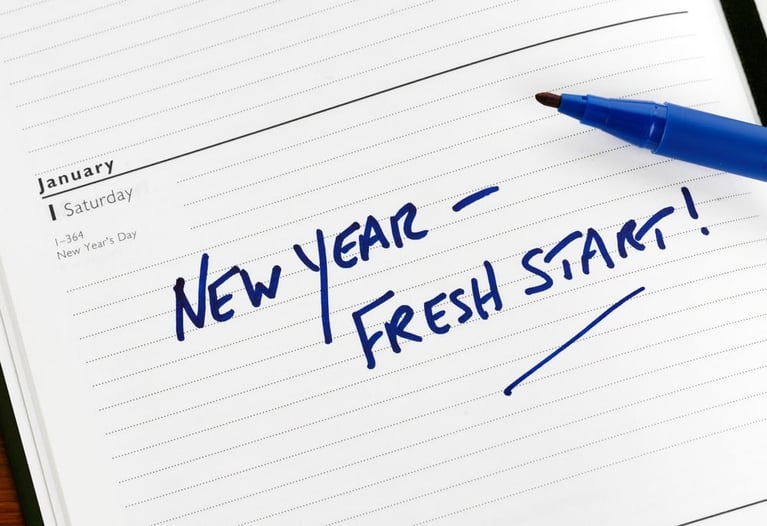What if there was a simple initiative to make your workplace one where people actually want to work, contribute, and belong? And what if it was completely free, required no special training, and would generate results immediately?
That initiative isn’t too good to be true. It exists and it is surprisingly simple."Please" and "thank you" are among the first social courtesies we are taught. Beyond just good manners, a wealth of research over the last 20 years has illuminated what happens inside a grateful brain as well as the physical, emotional, and social benefits. When we appreciate what is good in our lives, we are inspired to do good things. We are more generous, altruistic, and kind to others. People with more grateful dispositions report being happier and more satisfied with their lives.
Gratitude functions as the “social glue” that enables us to cultivate new relationships and nurture existing relationships — the very foundation of a civilized society. Why, then, shouldn’t it be the foundation of a civilized workplace?
Just like in our personal lives, a sense of gratitude can improve self-esteem, optimism, a sense of unity, and overall well-being at work. When we extend expressions of gratitude with our colleagues, we create a "pay it forward" chain of positivity. Employees who feel appreciated are more productive, better team players, and more engaged – the essential ingredients for organizational success.
People may work for the paycheck, but they go the extra mile when they feel appreciated and are recognized for their contributions.
Implementing gratitude into your organization doesn't have to be an HR initiative rolled out from the leadership team. Whether it is a simple "thank you" note or a more formal expression of appreciation, the psychological effects of gratitude in the workplace can have a tremendous impact on job satisfaction, effort, productivity, and corporate culture.
My new eBook, Gratitude at Work: It’s more than good manners; it’s good business, was designed to help you cultivate the power of gratitude in your organization. Whether you are the CEO, the receptionist, or the custodian, every single one of us has the power to put gratitude to work. If you don't think one person is powerful enough to be a catalyst for positive organizational change, think again!









